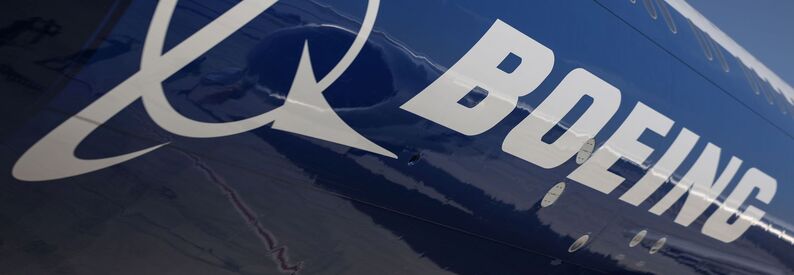Boeing 787 Dreamliner Flies One Billion Passengers

Boeing confirmed on April 30, 2025, that its 787 Dreamliner fleet has carried more than one billion passengers since entering service in October 2011—surpassing that milestone faster than any widebody commercial aircraft in history. Scott Stocker, Boeing’s 787 Program vice president and general manager, credited airline customers for their “trust and confidence” in operating the Dreamliner, noting that the achievement was possible only through years of collaboration to deliver operational versatility, efficiency and passenger comfort.
More than 1,175 Dreamliners have since accumulated nearly five million flights and logged over 30 million flight hours worldwide. At an average utilization of more than 12 hours per day, each aircraft serves as a workhorse for long-haul and high-density routes. Passengers board roughly 480,000 Dreamliner seats every 24 hours, underlining the model’s role in reshaping global connectivity.
All Nippon Airways remains the launch customer with the largest 787 fleet, followed by United Airlines and American Airlines. The airplane’s appeal extends across six continents, with carriers such as Lufthansa, Air Canada, Japan Airlines, Qatar Airways and Aeroméxico relying on the type for both premium routes and emerging markets. These airlines have leveraged the Dreamliner’s extended range and composite construction to open nonstop services—such as San Francisco to Bangalore and Paris to Santiago—that were previously uneconomical.
Designed to transform long-distance travel, the 787 family introduced advances in cabin humidity, lower cabin altitude and larger windows, boosting passenger well-being on flights exceeding 16 hours. Lightweight composite materials account for more than half the airframe’s structure, driving fuel-burn improvements of up to 20 percent versus previous-generation widebodies. Aerodynamic refinements, advanced engines and smoother ride characteristics have made the Dreamliner the bestselling widebody in Boeing’s history.
Since program launch, Boeing has secured over 2,000 Dreamliner orders from 89 global customers, cementing its status as the company’s top-selling widebody. That orderbook continues to grow as airlines plan further fleet renewals. The versatility of the 787 family—which includes the 787-8, 787-9 and 787-10 variants—allows carriers to tailor capacity from medium-density trunk routes to ultra-long-range sectors, maximizing network flexibility.
Boeing continues to support the in-service Dreamliner fleet with ongoing improvements. The company recently rolled out avionics upgrades, enhanced maintenance diagnostics and aerodynamic tweaks designed to extend service life and reduce operating costs. MSN001, the very first flight test aircraft, returned to flight in March 2025 as a testbed for continuous innovation, validating upgrades that align the Dreamliner’s systems with Boeing’s latest technologies.
Airline executives and industry analysts agree that the 787’s combination of efficiency and comfort has reset expectations for widebody performance. “Flying over one billion passengers in under 14 years testifies to how the airplane has delivered on its promise,” Stocker added. He extended Boeing’s gratitude to every operator and traveler whose experience aboard the 787 has driven demand and delivered value.
As the Dreamliner fleet endures as a cornerstone of global aviation, Boeing is laying the groundwork for its successor programs, drawing on lessons learned from composite construction and systems integration. The one billion-passenger milestone not only celebrates an industry record but also marks a pivotal moment in commercial flight, demonstrating how collaboration between manufacturers and airlines can yield breakthroughs that benefit passengers and the planet alike.
Related News : https://airguide.info/?s=Boeing
